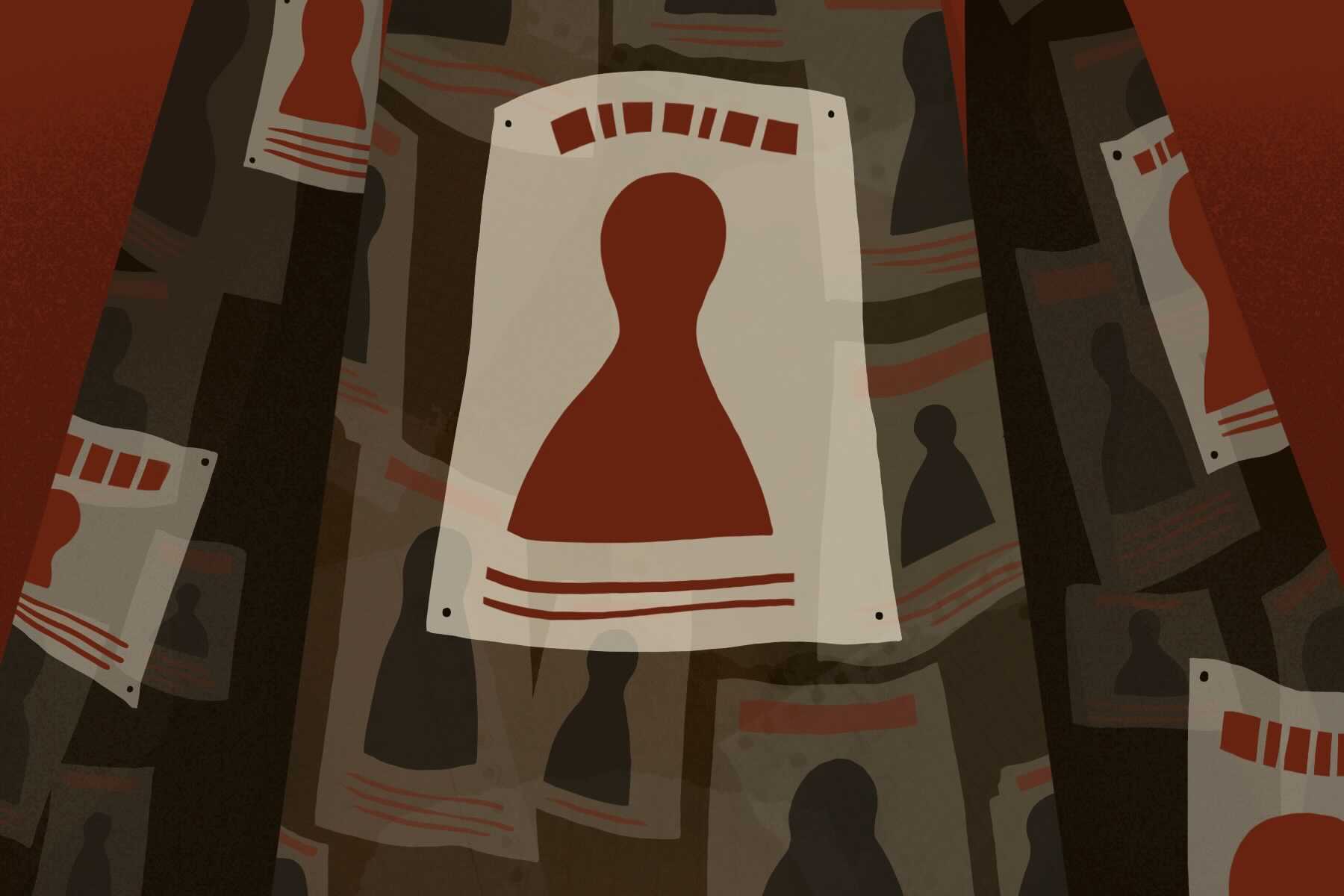The lack of media coverage for missing persons of color and the over-reporting of missing white women, commonly known as Missing White Woman Syndrome, contribute to the division of the nation and cause long-term harm for communities of color.
Hundreds of thousands of people are reported missing each year within the United States. At the end of 2020, the National Crime Information Center (NCIC) reported that there were a total of 89,637 active missing persons cases.
Within the last few weeks, Gabby Petito has become a nationwide household name, and most, if not everyone, knows the details of her case that is still in development. Petito, 22, was reported missing by her family in early September when her fiancé, Brian Laundrie, returned from a cross-country road trip that he and Petito had ventured out on together.
However, Petito did not return with him.
The vast media coverage that Petito’s case has received since her disappearance has led the FBI, the K-9 Unit and the public to exhaust all resources to locate Petito’s remains and to locate Laundrie, who is allegedly on the run.
The coverage of Petito’s case has left people of color to wonder: “What makes Petito’s life and the lives of other missing white women like Elizabeth Smart and Natalee Holloway more important than our lives?”
For centuries, America has idolized whiteness and belittled the existence of Black, brown, Asian and Indigenous people. Individuals of color have always received far less favor than their Caucasian counterparts — unequal opportunity, less pay, low-quality education, etc. Media coverage of missing persons cases is no different.
Cases with people of color as the victims are often forgotten, or far fewer resources are devoted to finding the missing individual. For example, two weeks prior to Petito being reported missing, a 25-year-old graduate student, who happened to be a Black male, was reported missing on Aug. 25.
His name was Jelani Day.
Very few details of his case were revealed to the public. According to Day’s mother, authorities failed to assist with her son’s case like they did with Petito’s. On Sept. 4, authorities reported that they had found a male body in the Illinois River, but they did not identify the body as Day’s until nearly three weeks later on Sept. 23.
Petito’s body was found within a week of her being reported missing and authorities are still taking the time to search for her fiancé, who is the main person of interest in her case.
Daniel Robinson, Miya Marcano and Alicia Navarro are just a select few people of color who have gone missing within the last few years. Each victim was a minority, and all of their families feel as though their children were pushed aside and dismissed by authorities.
The more that the media neglects to provide equal and diverse information to the public, the more people of color are reminded that they have to advocate for themselves to survive. In an already divided nation, people of color are constantly forced to defend themselves, fight for equal treatment and prove their worth in everything they do.
Missing White Woman Syndrome is a major contributor to decades of racial discrimination, and similar to racism, it can be traumatic for people of color. The lack of coverage that the media provides for people of color who have already gone missing makes other people of color more susceptible to becoming victims of various crimes in the future.
Sexual predators and kidnappers pay attention to the media just as much as the general public. When criminals see how authorities and society fail to search for people of color, they see this commonly dismissed group as an easy target. In turn, people of color develop paranoia, deep-rooted fear, trust issues and anxiety.
Examing Petito’s case next to other cases where people of color have gone missing shows that white privilege is still alive and well in the United States. People need to acknowledge just how different everyone is treated.
Whether individuals are Black, Hispanic, Indigenous or of Asian descent, the reality is that the world was built around the ideology of white privilege, and systems were designed to advocate for Caucasian people and maintain control of people of color.
Until everyone can recognize the privilege they possess and use that privilege to advocate for underrepresented groups, the needs of minority groups will continue to be ignored. It would be ignorant to say that Caucasian victims do not continuously receive special treatment.
Petito’s life mattered.
Day’s life mattered.
Marcano’s life mattered.
Navarro’s life mattered.
Holloway’s life mattered.
Smart’s life mattered.
The call to address racial disparities within media coverage is not a way to disregard anyone’s story but a way to make others realize that there are families who never get closure because authorities do not take the case of their loved ones as seriously.
Families of people of color should not have to beg authorities to treat the cases of their loved ones with the same amount of urgency exercised for Caucasian victims. Reposts on social media and homemade posters should not be the only forms of advocacy that missing persons of color receive.
Missing persons cases should be treated equally, regardless of race. No single person’s case is more important than another’s, and media coverage of missing persons cases should reflect that as well. The mindset of every individual should be to treat every missing person as if it was their daughter, friend, son, brother, sister, etc.
Society can claim to support and stand by people of color but if there is no advocacy or actions taken for people of color when it comes to difficult and uncomfortable situations — police brutality, racism and hate crimes against minorities — then the support is not genuine.
What would it take for missing persons of color to receive the same amount of dedication, exhausted resources and timeliness that missing Caucasian people receive?

















